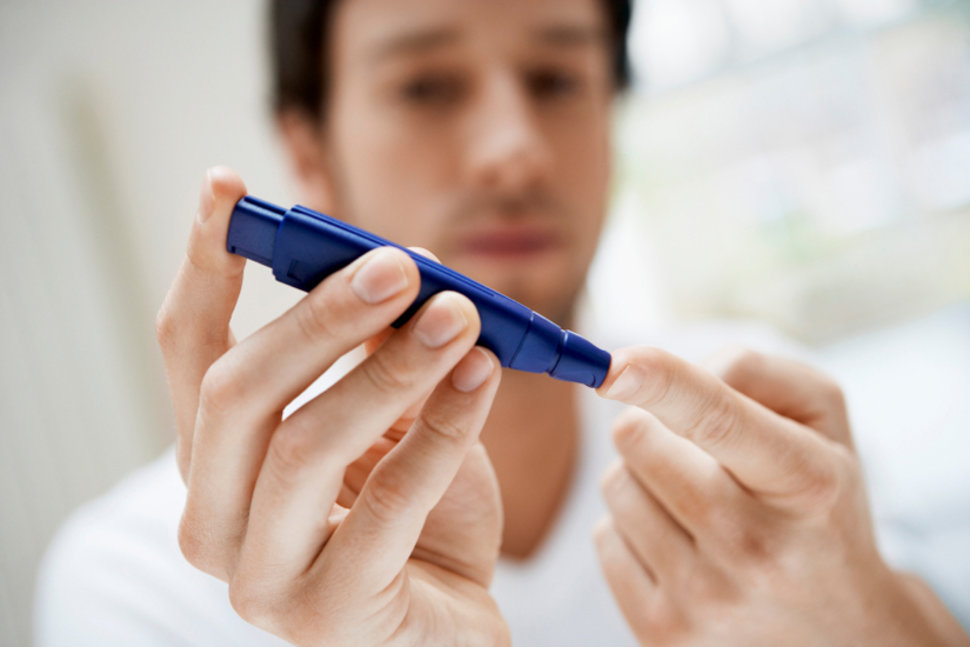A team of researchers has cured type 1 diabetes in mice. The scientists from the UT Health Science Center at San Antonio found a way to trick the body into curing type 1 diabetes, which could also have a good impact for type 2 diabetes.
The study was conducted in mice, and although years of testing remain ahead, the team believes results were very positive. Dr. Ralph DeFronzo, chief of diabetes research at UT Health in San Antonio, said that they found a way of doing a gene transfer which can wake up cells in the pancreas to produce insulin.

Mice have remained diabetes-free for more than a year
When a person has diabetes, the immune system kills off useful beta cells, but the study’s researchers say they found a way to make other cells in the pancreas perform the needed work.
The team believes the discovery would not only have implications for type 1 diabetes, but it could also help with type 2 diabetes. Although mice are genetically similar to people, further animal testing is needed before human trials can begin. The researchers noted that they knew some scientists would be skeptical about their study because it differs significantly from other attempts at curing diabetes, which normally involves transplanting new cells and suppressing the immune system’s attempts to kill useful cells.

“We’re taking a cell that is already present in the body and programming it to secrete insulin, without changing it otherwise,” said DeFronzo, according to Diabetes In Control.
Insulin is naturally secreted when people eat carbohydrates like potatoes, bread or candy bars. Insulin acts as a bridge that carries the sugar from the bloodstream into the cells and provides them with energy to function. In most people, the body naturally monitors blood sugar and produces insulin.
People with type 1 diabetes produce no insulin at all. Type 1 diabetes is usually manifested in children, although it can sometimes develop in adulthood. The researchers used a “gene transfer” technique on the mice, which consisted of delivering a virus that activated insulin production in cells in the pancreas, such as the ones that produce enzymes.
“We’re not fundamentally changing the cell, we’re just giving it one additional task,” said DeFronzo.
The researchers found that the mice’s immune systems did not repeal or attack the new cells producing insulin. The new cells also produced the right amount of insulin, so there was no evidence of overproducing the substance, which could send the mice into a blood sugar-free fall, or underproducing it, which could keep the mice’s blood sugar levels high. The researchers noted that the mice have shown no sign of diabetes for more than a year.
Researchers said that more testing is needed before they start human trials and that they need to raise between $5 million and $10 million to proceed with tests on larger animals like pigs, dogs or primates. They estimate that if testings go on according to plan, human trials could begin in three years.
Weight loss could help eradicate type 2 diabetes
An investigation published earlier this year found that weight loss could substantially reverse type 2 diabetes. The study, conducted by researchers at Newcastle University, claimed that type 2 diabetes could be reversed for good by substantial weight loss.
The study was conducted on 30 volunteers who ate around 700 calories per day. On average, a man needs to eat 2,500 calories a day, while a woman needs to eat 2,000 to maintain a healthy weight. The participants had their meals replaced with meal-replacement shakes, and lost a lot of weight due to the change.

They were required to consume the shakes for eight weeks, and then were changed back to solid food over a period of two weeks, followed by six months of maintenance. Twelve participants were labeled as “responders,” and researchers found that their blood sugar fell from 160 to 114 milligrams per deciliter without any medication and allowed them to be classified as prediabetic as opposed to their former classification of diabetic. Five of the participants saw their blood sugar levels return to normal, and eradicated their diabetes.
“Patients of mine have remained non-diabetic for many years by achieving and maintaining substantial weight loss,” said lead researchers Roy Taylor, a professor at Newcastle University, according to the Daily Star.
According to Taylor, people with diabetes store excess fat in their liver, which then overflows into the pancreas and fails to let the organ produce insulin. He noted that the reason why weight loss can reverse diabetes is because it can release body fat, including fat found in the pancreas and the liver.
Source: Diabetes in Control

Good scientists. I was diagnosed with type 2 Diabetes and put on Metformin on June 26th, 2016. I started the ADA diet and followed it 100% for a few weeks and could not get my blood sugar to go below 140. Finally i began to panic and called my doctor, he told me to get used to it. He said I would be on metformin my whole life and eventually insulin. At that point i knew something wasn’t right and began to do a lot of research. Then I found Lisa’s diabetes story (google ” HOW EVER I FREED MYSELF FROM THE DIABETES ” ) I read that article from end to end because everything the writer was saying made absolute sense. I started the diet that day and the next morning my blood sugar was down to 100 and now i have a fasting blood sugar between Mid 70’s and the 80’s. My doctor took me off the metformin after just three week of being on this lifestyle change. I have lost over 30 pounds and 6+ inches around my waist in a month. The truth is we can get off the drugs and help myself by trying natural methods